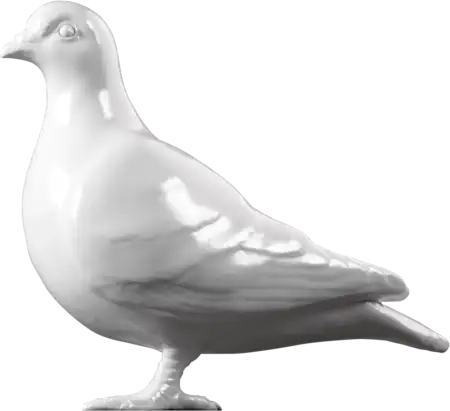Printed Ephemera — 1822-11
Ordered For Execution, John Holland & William King, on Monday the 25th of November, 1822
This broadside refers to the public execution of John Holland and William King. Found guilty of 'sodomy' they were executed together at the gallows outside Newgate prison on 25th November 1822. The broadside includes a generic woodcut of the gallows and the crowd witnessing the execution. The text includes the Recorder's address to the prisoners in which he describes their crime as an 'atrocious case' quoting passages from the Bible. Although officially punishable by death until 1861 executions for 'sodomy' sometimes referred to as 'buggery' or an 'unnatural crime' were not enforced after 1835.
Holland, aged 42, a bricklayer by profession left a wife and two children. King aged 32, is described in the Newgate Prison Calendar. as a 'labourer'. Their joint trial took place at the Old Bailey on 11th September 1822. At the gallows Holland was observed to ‘have a very effeminate voice’, ‘his screams of anguish being most appalling’. As the ‘drop’ fell, the crowd shouted ‘Where’s the Bishop?’ alluding to the Bishop of Clogher who had escaped the gallows earlier in 1822 by absconding while on bail having been caught in a compromising position with a young male soldier in the Haymarket.
Until 1868 public hangings were a regular feature of London life embedded in the society, culture, landscape and economy of the capital. Such occasions provided an opportunity for cheap printers and street vendors, known as 'patterers' to 'turn a penny on the street' by selling accounts of the crimes, trial and 'dying speeches' of executed criminals as souvenirs to the large crowds witnessing the spectacle. Execution broadsides, were part of a range of 'gallows literature' published by a small number of printers many of whom, such as Thomas Birt, James Catnach and James Pitts were based around the Seven Dials area of London. Spelling and grammar was often poor and the details not always accurate. Although usually printed between the end of the trial and the date of the execution (in this case two months) they could be quickly changed to accommodate last minute information such as reprieves and dying confessions. The printers often used battered woodcuts, and, for the gallows scene used a stock block with a pierced central section to allow the sex and required number of hanging figures to be changed as required. Female criminals were depicted by using a block for a male figure, cut square at the knee to represent a skirt.
- Category:
- Printed Ephemera
- Object ID:
- A2190
- Object name:
- Ordered For Execution, John Holland & William King, on Monday the 25th of November, 1822
- Object type:
- Artist/Maker:
- Catnach, James
- Related people:
- Related events:
- Related places:
- Production date:
- 1822-11
- Material:
paper
- Measurements/duration:
- H 379 mm, W 249 mm (overall)
- Part of:
- —
- On display:
- —
- Record quality:
- 100%
- Part of this object:
- —
- Owner Status & Credit:
Permanent collection
- Copyright holder:
digital image © London Museum
- Image credit:
- —
- Creative commons usage:
- —
- License this image:
To license this image for commercial use, please contact the London Museum Picture Library.
